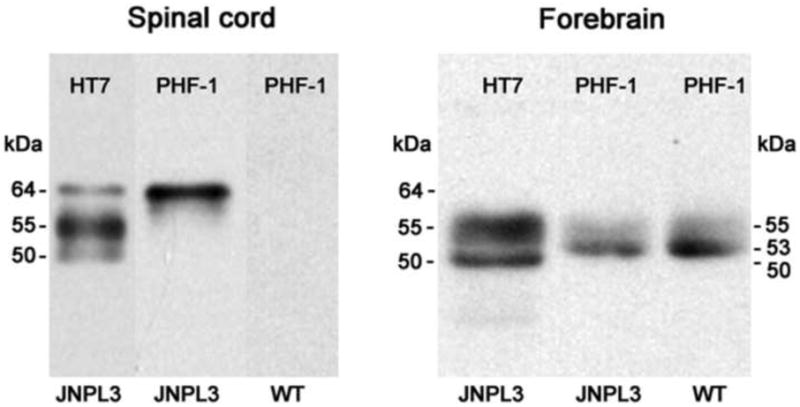Figure 3. Human and wild-type tau protein expression in the brain and spinal cord of JNPL3.

Western blotting of crude extracts from the spinal cord and the forebrain tissues in untreated JNPL3 mice and wild type (WT) mice using human-specific (HT7) and phosphorylated (PHF-1) tau antibodies. JNPL3 spinal cord but not wild-type spinal cord expressed 50 kD, 55 kD and 64 kD species of human tau. Only 64 kD tau species was phosphorylated at PHF-1 site and could correspond to hyperphosphorylated tau protein of 64 kD described in previous studies (Lewis et al., 2002; Sahara et al., 2002). JNPL3 forebrain expressed 50 kD and 55 kD human tau species and contained most likely endogenous 53 kD and 55 kD mouse tau species phosphorylated at PHF-1 site since they were also detected in wild-type forebrain.
